Category: Latter-day Saint Thought
-
My Atheist Conversion, Part 2: Spiritual Experiences
In part one, I talked about coming to the conclusion of deciding to both be an atheist and also remain as bishop a year or so into my time as bishop. Part of the conundrum that I was working through was how I felt about my spiritual experiences. I mentioned in my last post that…
-

“Stop Crying and Get Up”
Many years ago I retreated to Rock Canyon just above the Provo temple to pray about something I was stressed out about that, in my adolescent universe, was a big screaming deal. I retired to the beautiful night-time scenery of the Utah Valley lights twinkling below in the twilight fully expecting some kind of comforting…
-
Golden Plates
Richard Lyman Bushman’s most recent book focuses on presenting a cultural history of the gold plates. I’ve reviewed Joseph Smith’s Gold Plates in the past, but Dr. Bushman did an interview that was recently published on the Latter-day Saint history blog From the Desk that had some interesting tidbits. What follows here is a co-post…
-
My Atheist Conversion, Part 1
This post got a little long so I decided to break it in two. The title is a little bit click bait as I am not an atheist, but I do want to tell a story of what I call (in my head) “my atheist conversion.” Real atheists may find this disingenuous as my atheism…
-
Joseph White Musser
Mormon Fundamentalism is a well known collective term for groups of Latter-day Saints who attempt to replicate the doctrines and practices of The Church of Jesus Christ of Latter-day Saints in the 1840 – 1890 era, most notably plural marriage. Less well-known, perhaps, are the figures who initially organized and developed the Fundamentalist Mormon movement,…
-
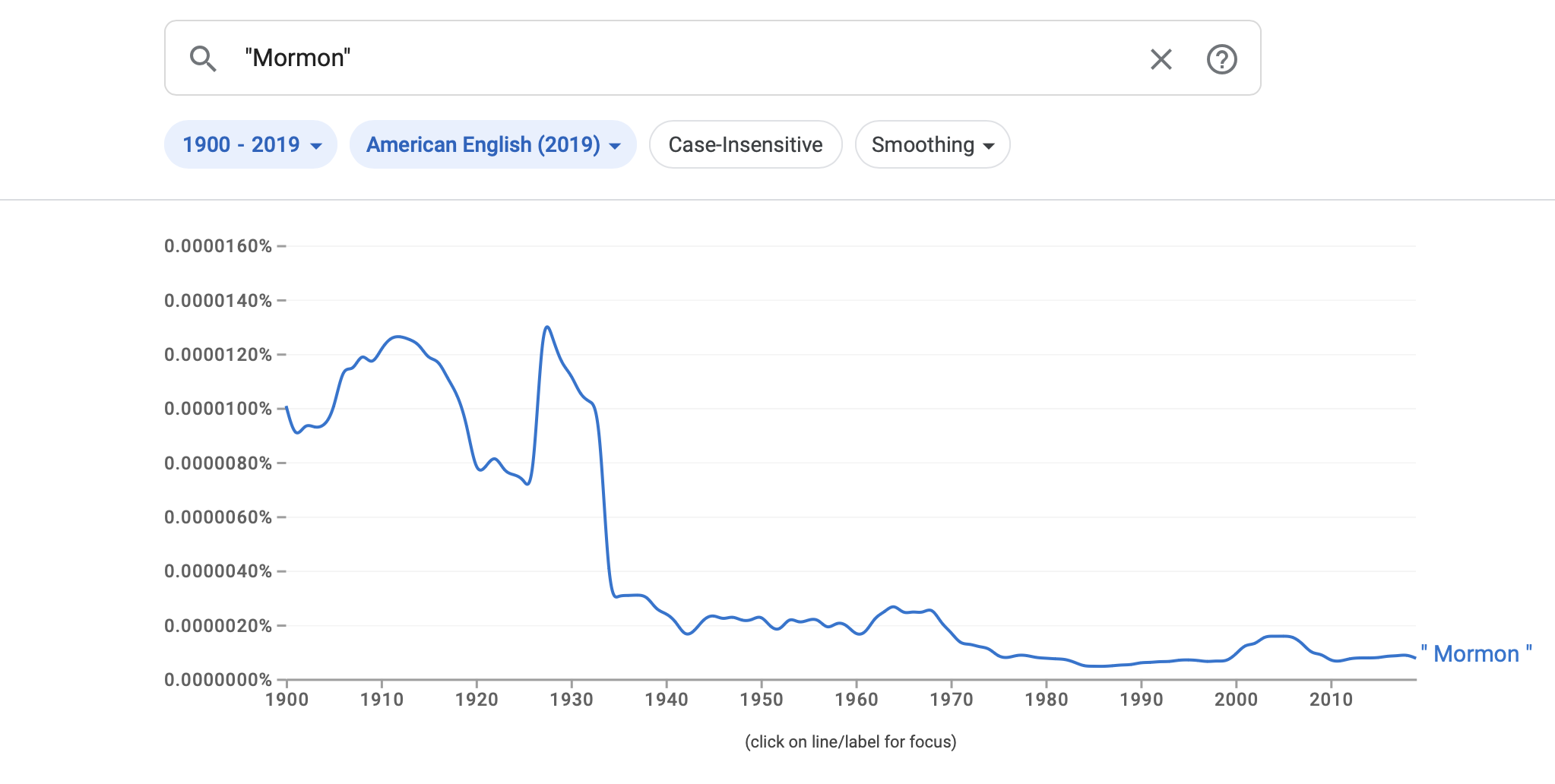
We’ve Become Boring
I was playing around with Google Ngram viewer, a tool that allows you to see the relative frequency of words across time in books, and came across the fact that we’re actually much less interesting in the year 2024 than we used to be. While it seems like the gentiles have this prurient preoccupation with…
-
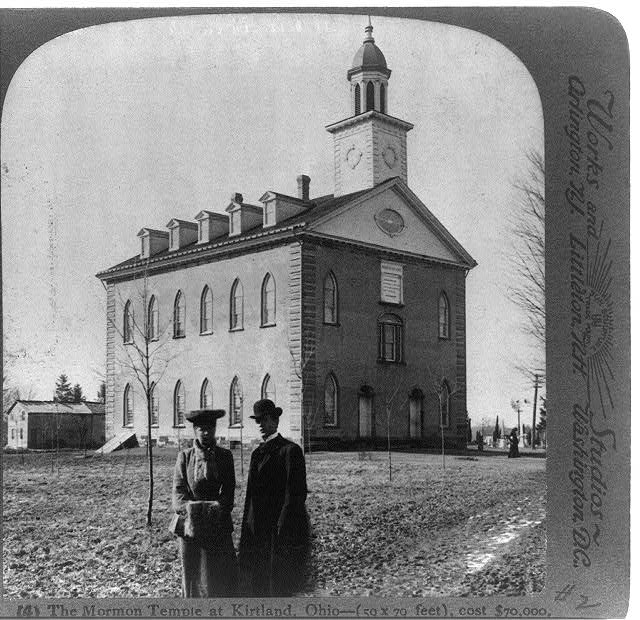
The House of the Lord in Kirtland
The House of the Lord in Kirtland, Ohio has been a major topic in the news as of late, thanks to the recent transfer of ownership between Community of Christ and The Church of Jesus Christ of Latter-day Saints. On the very same day that the transfer was announced, the Latter-day Saint history blog From…
-
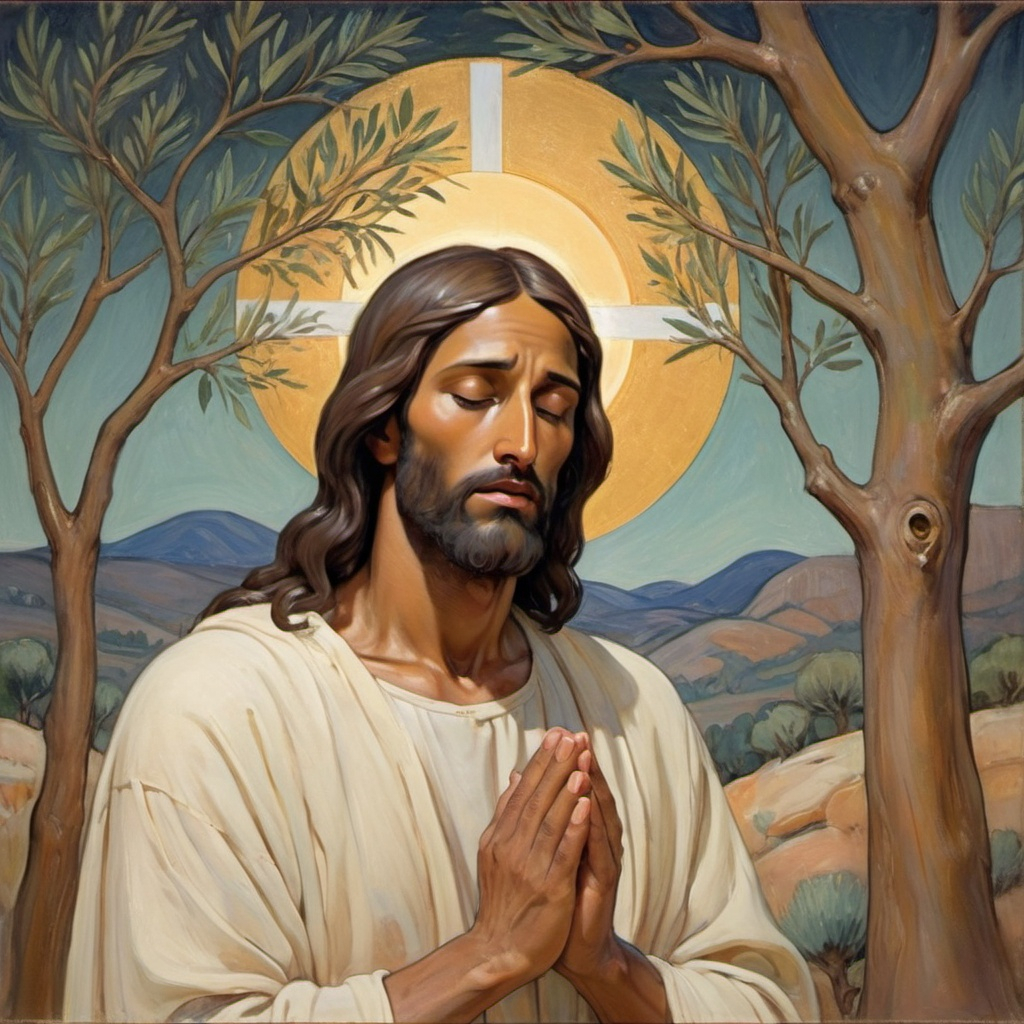
Atonement in the Book of Mormon
The Atonement of Jesus Christ is central to our faith and also central to the message of the Book of Mormon. What exactly, however, does the Book of Mormon say about the Atonement of Jesus Christ? In a recent interview at the Latter-day Saint history blog From the Desk, Nick Frederick discussed Atonement in the…
-
A “Secular” Case for the Church
A little bit more about my own story relating to developing some alternative views of the church and coming to gain a as I said testimony of what I see as an “imperfect” church. The series I’m working on at the JI gives come context for ways in which historical research has influenced me, and…
-

The Purifying Power of Gethsemane
As we are in Easter season, it is appropriate to ponder on the life, teachings and Atonement of Jesus Christ. One of the best talks given by Latter-day Saint leaders on the subject is “The Purifying Power of Gethsemane”, Elder Bruce R. McConkie’s final testimony. The talk was discussed in a recent post at the…
-
The White Horse Prophecy
There are a few high-profile apocalyptic prophecies in Latter-day Saint history that have pretty shaky provenances. Perhaps foremost among them is the White Horse Prophecy. This complicated document was recently discussed at the Latter-day Saint history blog From the Desk. What follows here is a co-post to the full discussion.
-
“A Little Hippyish”
I got M and J’s permission to share this on the blog and M read it before I published it though she made me take out the best line. :( “So are they pretty straight arrows, all good with them?” SP2 asked me when he called a little less than a year before my release…
-

How Big is Joseph Smith Polygamy Denialism in the Church? Insights from the B.H. Roberts Foundation’s Current and Former Latter-day Saint Survey
Stephen Cranney and Josh Coates This is one of a series of posts discussing results from a recent survey of current and former Latter-day Saints conducted by the BH Roberts Foundation. The technical details are in the full methodology report here. The people who do believe that Joseph Smith did not practice polygamy fall into…
-
“Who Do We Want at Church?”
As I was brainstorming about starting the safe-space group that I mentioned in a previous post, it was December 2021, and I started seeing people commenting online about the upcoming final (or nearly final) lesson in gospel doctrine that would cover the two official declarations. Since those cover what are generally considered controversial topics—polygamy and…
-
My Testimony of an Imperfect Church (But the Best One in My Opinion)
So in previous posts, I made it clear I’m unconventional and disagree with some policies. A process I would describe as coming to a testimony of an imperfect church. I’ve expressed a few disagreements, but also wanted to share some of the reasons why I believe very strongly that the church is where I should…
-
American Zion: A Review
If I were to ever write a single-volume history of The Church of Jesus Christ of Latter-day Saints, I hope that it would turn out like Benjamin E. Park’s American Zion: A New History of Mormonism (Liveright, 2024). It is a very nuanced, insightful, and well-written take on Latter-day Saint history in the United States.…
-
Church Concerns and the Command to Mourn with Those That Mourn
Responses to my last post reminding me of something I’ve been thinking recently: the fact that individuals can have quite different experiences with the church. The most extreme form of differences would be the extreme faith crises and a couple of examples serve to illustrate the pain these can cause. Alma 7 says Christ “will…
-
Diné Latter-day Saints
One often-overlooked aspect of The Church of Jesus Christ of Latter-day Saints is the interactions of the institution with the Diné (Navajo) peoples in the western United States. In a recent interview at the Latter-day Saint history blog From the Desk, Farina King (an expert in colonial and post-colonial Indigenous studies) discussed some of the…
-
National Treasure – Israel Style
We read in the Hebrew Bible that King Nebuchadnezzar of Babylon came to Jerusalem and “carried off all the treasures of the house of the Lord and the treasures of the king’s house” (2 Kings 24:13). The question of what happened to those treasures afterwards has been a subject of fascination ever since. In a…
-

The Refiner’s Fire
“Was the refiner’s fire hot?” my stake president (SP2) asked me on the night he came over to give me my release a little less than a year ago. This was a bit of a surprise since it was at 4.5 years, but SP2 explained that they were reworking the boundaries. His question was in…
-
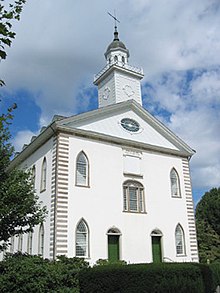
The Church Now Owns the Kirtland Temple
As I’m sure everybody is now aware, the Church now owns the Kirtland temple. A few drive-by-thoughts. I looked at the Community of Christ’s financials and posted about what I saw as the inevitable result of their situation (selling off additional properties, perhaps including the Kirtland temple) back in September of 2021, and that was shortly followed…
-
Not Really Bishop Material
So Jonathan invited me to come do some guest posting over here, and we talked a bit about some matters related to the series I’d started over at the JI. When Jonathan invited me to share some of the material here, I had a whole lot of ideas. We’ll see where this goes, but by…
-
Missions and memory
People keep asking me for proof that the irritating tics in Mormon writing I’ve mentioned actually exist. In that respect, Taylor Kerby’s post over at BCC is useful in a couple of ways.
-
On John A. Widtsoe
John A. Widtsoe was an influential apostle and theologian in the Church who came from a scientific background. In a recent interview at the Latter-day Saint history blog From the Desk, biographer Thomas G. Alexander discussed the life and contributions of this apostle-scientist. What follows here is a co-post to the full interview.
-
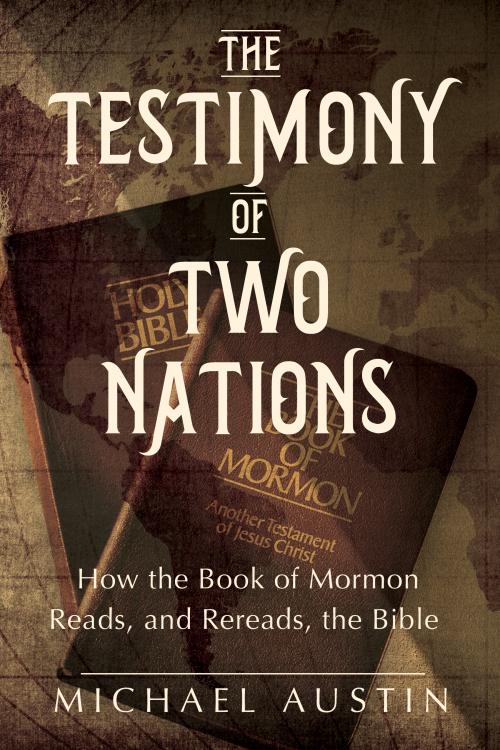
The Testimony of Two Nations: A Review
The Testimony of Two Nations: How the Book of Mormon Reads, and Rereads, the Bible by Michael Austin (University of Illinois Press, 2024) is a delightful and insightful venture into the ways in which the Book of Mormon interacts with the Bible.
-
“I Am” Statements of Jesus in the Book of Mormon
When Moses was called by YHWH, he asked the Lord, “when I come unto the children of Israel, and shall say unto them, The God of your fathers hath sent me unto you; and they shall say to me, What is his name? what shall I say unto them?” In response, YHWH said, “I Am…
-
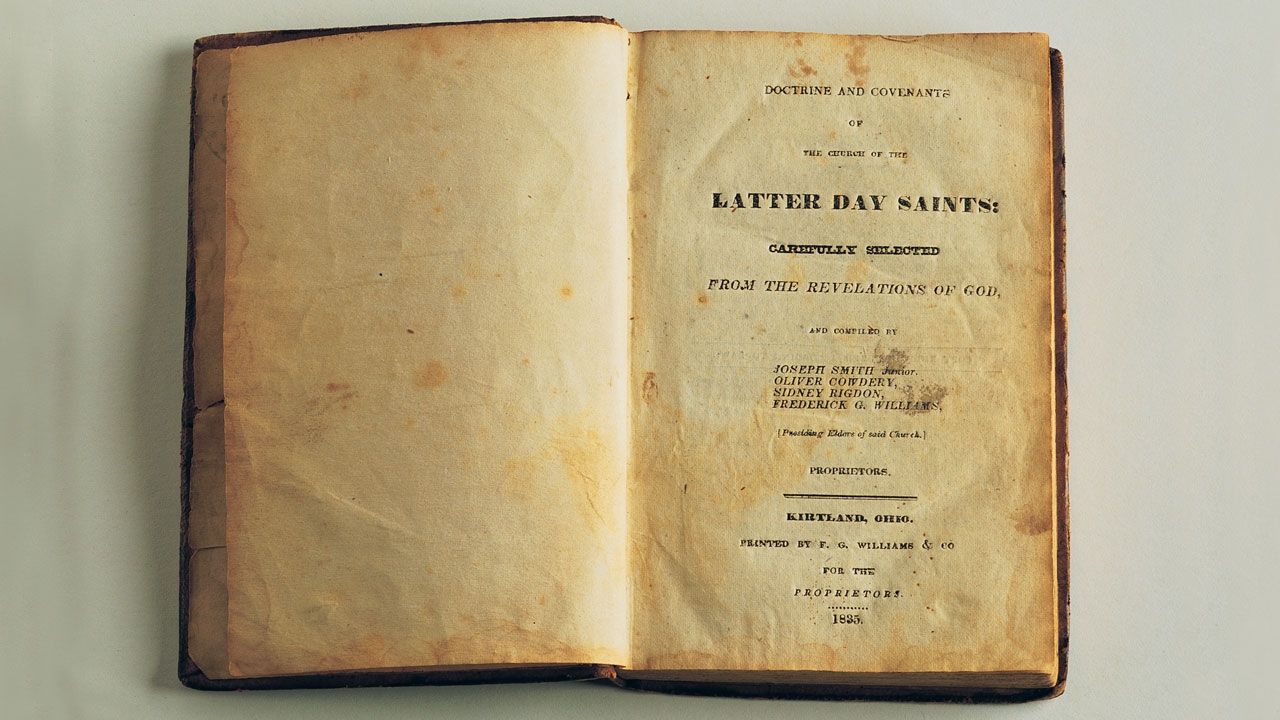
A Book Announcement
I’m excited to announce that I have a book about the Doctrine and Covenants that is scheduled to be published by By Common Consent Press this December!
-
Stuff Wrong with LDS Writing
[Apologies to Jonathan Green] When everything is a Temple Text, nothing is a Temple Text.
-

What do Members and Former Members Believe About God? Insights from the B.H. Roberts Foundation’s Current and Former Latter-day Saint Survey
A guest post from Josh Coates and Stephen Cranney This is one of a series of posts discussing results from a recent survey of current and former Latter-day Saints conducted by the BH Roberts Foundation. The technical details are in the full methodology report here. In the 2023 CFLDSS we asked the standard question about…
